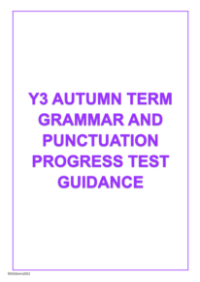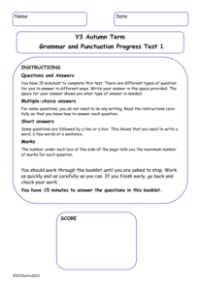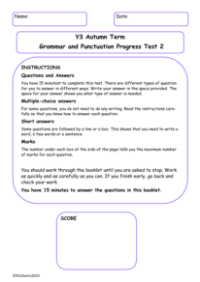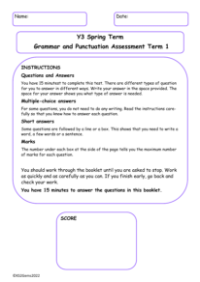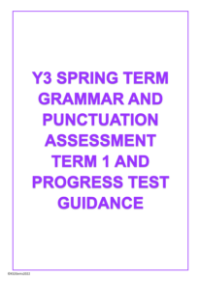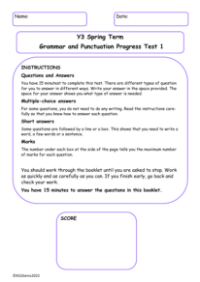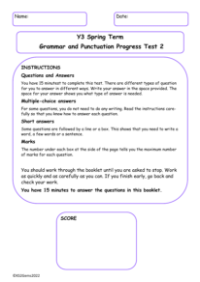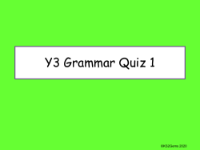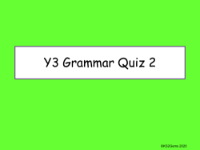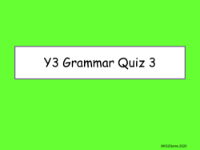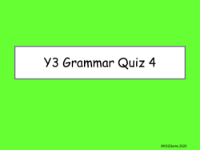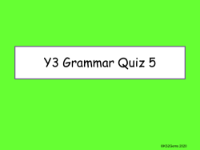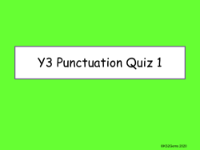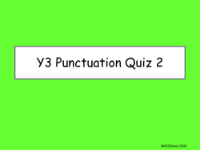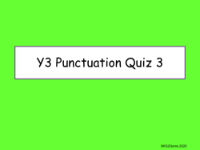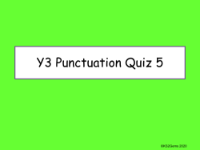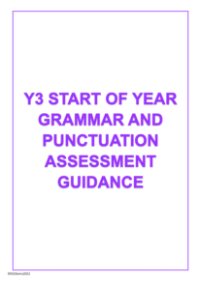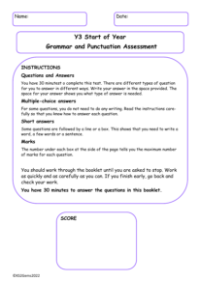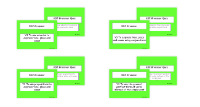Grammar and Punctuation Vocabulary
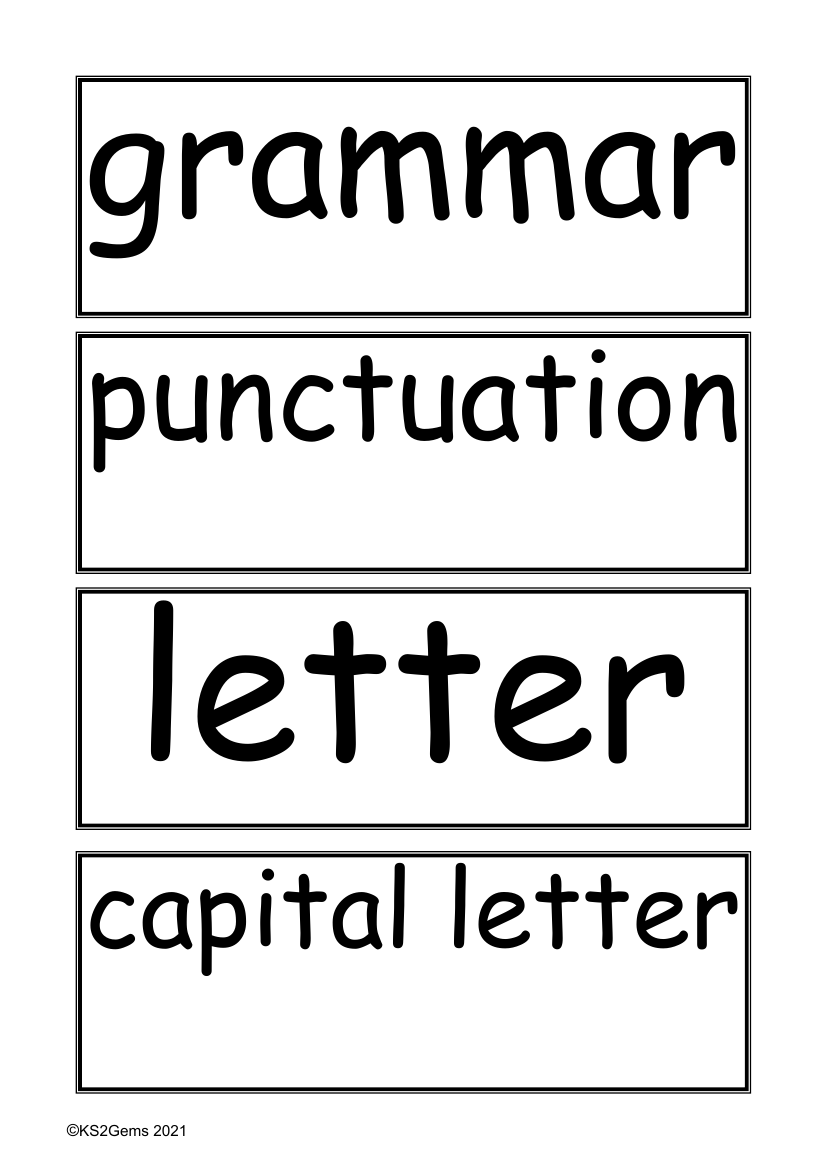
English Resource Description
Understanding the fundamentals of English grammar and punctuation is crucial for effective communication. Grammar encompasses the rules that govern the structure of sentences, including the correct use of words and their arrangement. Punctuation involves the symbols that help to clarify meaning by indicating pauses, intonation, and the separation of ideas within a text. Basic elements include letters, with capital letters used to denote the start of a sentence or proper nouns. Words are the building blocks of language, existing in singular or plural forms, and are combined to form complete sentences.
The use of full stops, question marks, and exclamation marks at the end of sentences indicates the type of statement being made—whether it's a declarative statement, an interrogative question, or an exclamatory remark. Nouns represent people, places, or things, and can be part of a noun phrase which includes additional words that describe the noun. Sentences can also function as commands, express statements, ask questions, or provide exclamations. Language can be enriched with adjectives that describe nouns, and adverbs that modify verbs, adjectives, or other adverbs. Verbs are action words that have different tenses to indicate time, such as past or present tense.
Punctuation marks like apostrophes show possession or contraction, while commas are used to separate items in a list or to insert pauses in complex sentences. Prepositions show the relationship between nouns or pronouns and other words in a sentence. Conjunctions connect clauses or sentences, and prefixes and suffixes are added to word families to change their meanings. Clauses are groups of words containing a subject and a predicate, and can be independent or dependent as subordinate clauses. Direct speech is often indicated by inverted commas or speech marks. Lastly, the English alphabet is composed of consonants and vowels, each playing a distinct role in word formation and pronunciation.
